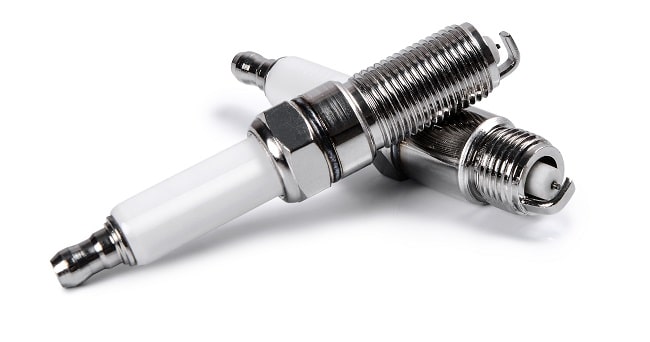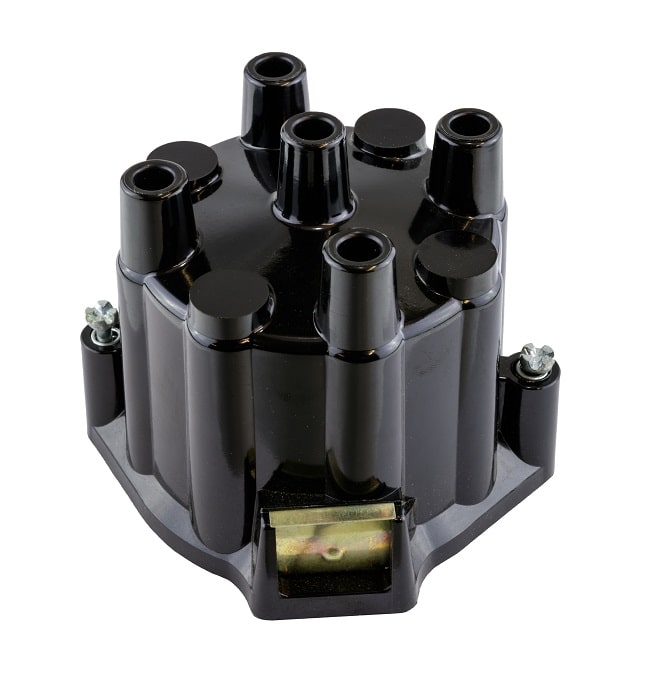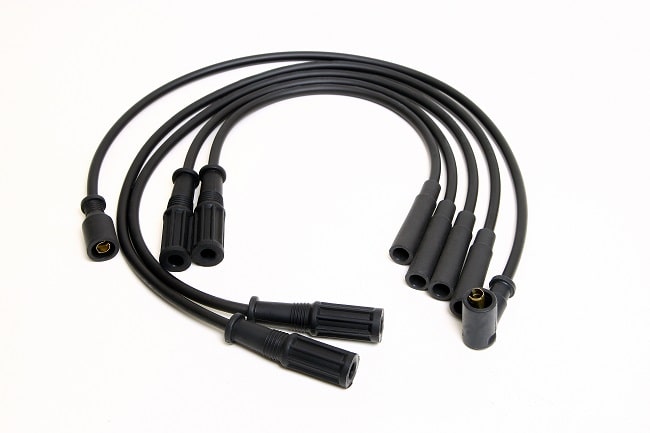
The ignition system is responsible for starting the engine. The main components are a battery, ignition switch, an electronic control unit, ignition coils, ignition cables and spark or glow plugs. To avoid engine breakdowns or starting problems, we recommend that you regularly check the condition of these elements. This article lists the most common causes of malfunctions and explains the correct troubleshooting procedure.
Contents
Six signs of a defective ignition system
- The engine does not start. Most often this happens in winter, when the engine oil becomes more viscous due to the cold and the battery loses its charge more quickly. After a few unsuccessful attempts to start, the spark plugs can become flooded with gasoline. If so, they should be replaced.
- Rough idle. This can be caused by damaged ignition wires or shorts in the ignition coil winding. Using a worn battery often reduces the lifespan of these components.
- The engine runs unstable during acceleration. The cause is often water that has gotten into the ignition coils, spark plugs or cables. This can happen, for example, when you pressure wash the engine compartment.
- Popping noises from the intake manifold or muffler. This happens due to improperly adjusted ignition after poor repair work. More on the topic: Why misfires for the engine. In addition, using spark plugs with an inappropriate heat range can cause extraneous noise.
- Increased fuel consumption. Typically this is caused by improperly installed spark plug wires or damaged insulation causing them to fail. This leads to unstable power supply.
- Electrical equipment failures. This can happen if the ignition switch is broken due to burned out electrical contacts. In addition, this unit can also be damaged through careless use or after an attempted theft.
How to check the elements of the ignition system
- Spark plugs. Checking is carried out visually or with the help of a multimeter. To do this, use a suitable spark plug wrench to be able to unscrew the component and inspect it closely. The outer insulation should be free of defects and there should be no deposits on the electrode. In addition, the distance between the side and center electrodes should be within the specified values. Connect one measuring tip of the multimeter to the spark plug thread, the second to the electrode. If the device has a resistance greater than 6 kΩ, replace the spark plug. You should consider these facts when selecting spark plugs.

- Spools. Make sure their connections are tight. Cracks or traces of soot on the spools indicate that they need to be replaced. Use an ohmmeter or oscilloscope to measure the resistance. The recommended values can be found in the vehicle manual. For the primary winding, this value is around 1 Ω, and for the secondary winding up to 20 kΩ.

- Distributor cap . You should periodically inspect the part for cracks, thermal damage, or poor contact between the brushes and the pipe surface. Clean the cap carefully before checking.

- Ignition cable. To ensure the insulation is intact, check for tears, bends, and abrasions. If you see sparks near components in the dark while the engine is running, this indicates insulation damage. For a more thorough diagnosis, you will need a multimeter. The resistance of the intact wires should be less than 10 kΩ.

Why you should never_ignore these malfunctions
Improper operation of the ignition system requires immediate action. In addition to engine starting problems, you will notice a loss of power and increased fuel consumption. The engine regularly begins to overheat, which can lead to an expensive repair. In addition, the engine operation becomes bumpy and generates extraneous noise.
Conclusion
The service life of the engine depends directly on the condition of the ignition system. For this reason, follow CarTipsandmore's recommendations for diagnostics in order to identify and resolve problems in good time and thus enjoy the best possible use of your vehicle.
